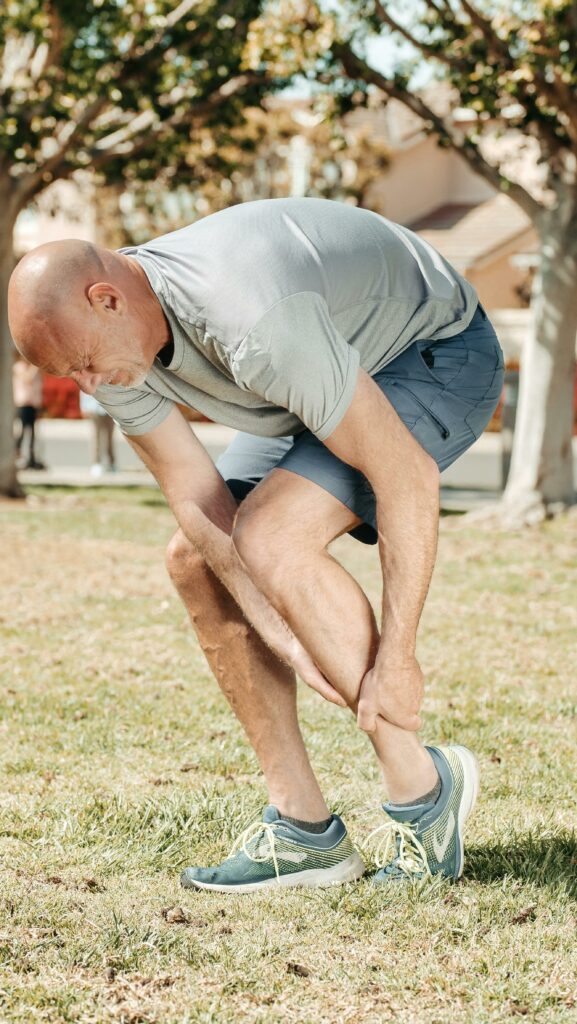Knee Pain and Exercise: Staying Active Without the “Ouch” Factor
Knee pain, let’s be honest, may make even the most committed gym-goers cringe at the idea of squats. The good news, though, is that giving up on exercise is not your only choice. Your knees might actually benefit from clever movement rather than excessive effort. The correct attitude can keep you active whether you have arthritis, an old injury, or just the wear and tear of being human without making every stride into a grimace-inducing occasion.

Why Movement is Medicine (Yes, Actually)
Though it seems illogical, too much rest can aggravate sore, tight knees. Gentle exercise increases blood flow, lubricates joints, and develops the muscles acting like natural knee braces—your quads, hamstrings, and glutes. The catch? Forget the high-impact exercises that seem like punishment (looking at you, box jumps) and choose knee-friendly regimens instead. Swimming is a rockstar; the water helps you grow strength while supporting your weight. Yoga postures like chair position or supported bridges can increase mobility without the crunch element; cycling (with correct seat height!) maintains things low-impact.
Knee-Friendly Exercise’s Golden Rules
First, pay attention to your body—not the inner voice telling you to “push through the pain.” Discomfort is usual; acute pain is a warning. Every exercise should begin with a correct warm-up: marching in place or seated leg swings awaken stiff joints. Though forgo the deep squats if they cause pain, strength training is your friend. Rather, when lying down, consider straight-leg lifts or tiny squats (only lowering halfway). For mild but powerful leg exercises, resistance bands are great; loop one over your thighs during clamshells to activate those glutes without knee discomfort.
When to Change (Because Pride Won’t Ice Your Knees)
Enjoy running but despise the consequences? Replace pavement with pool jogging or an elliptical. Yoga enthusiast? Skip hard lunges and choose adjustments—a folded towel under your knee can help with floor positions. Daily walks receive a knee-friendly improvement as well; select softer terrain like trails over concrete and buy shoes with decent padding (your knees will appreciate it later). Before getting out of bed, consider a five-minute warm compress or mild ankle circles for persistent morning stiffness.
The Equipment That Works (Without Looking Like a Robot)
A well-fitted knee sleeve can provide slight support during exercises; just don’t depend on it 24/7 so your muscles don’t become sluggish. Physical therapy activities are well worth their weight in ice packs if you are post-injury or coping arthritis. Though they may appear dull, simple actions like sitting leg extensions or heel slides are the unsung champions of knee rehabilitation. A foam roller’s power should not be discounted; rolling out tight IT bands and quadriceps can surprisingly relieve knee discomfort.
The Big Picture: Progress and Patience
Especially with knees, which are the drama queens of joints, healing takes time. Rejoice in little victories such as increasing your stroll by five minutes or climbing stairs painlessly. Weight control is important as well; every additional pound increases four pounds of strain on your knees! But concentrate on feeling stronger rather than only lighter. Most crucially? On flare-up days, rest without guilt. Your knees are only begging for a timeout; they are not giving up.
Bottom line: Knee pain could alter your movement, but it doesn’t have to bench you for ever. Smart changes and a bit of imagination will help you to keep pursuing endorphins; just maybe avoid the trampoline park.







